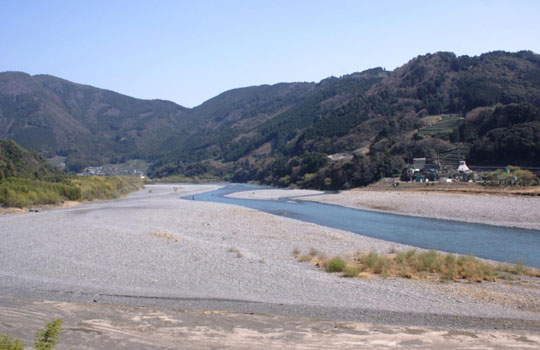Standing on the platform at Kanaya Station in Shizuoka Prefecture, the enthusiastic crowd — myself included — watches with fascination as the train pulls in. Because this train is different. It's not a sleek, aerodynamic bullet train; nor is it one of the ubiquitous, striped JR jobs. Rather, the tar-colored engine that's creeping ever closer belches great plumes of smoke and cuts through the rural silence with bursts of its low-pitched whistle. On the tiny platform, a buzz of excitement is rippling through the group and we push forward eagerly as the carriage doors roll open.
"Welcome aboard!" a team of black-clad conductors sing out, punching tickets and helping with bags. As riders get settled in the antique passenger cars, the engine offers up its signature two-note whistle blast, and with ash swirling thickly outside the windows, we lurch away from the station. Clearly, it's full steam ahead for a trip powered by one of Japan's last old-fashioned locomotives.
Steam trains debuted in Japan in 1872, at the height of the Meiji Era's modernization drive. The first rail line linked Shimbashi Station in eastern Tokyo and nearby Yokohama. Then, within a decade, steam trains were servicing major cities across Honshu and tracks were even being laid in snowy Hokkaido.



